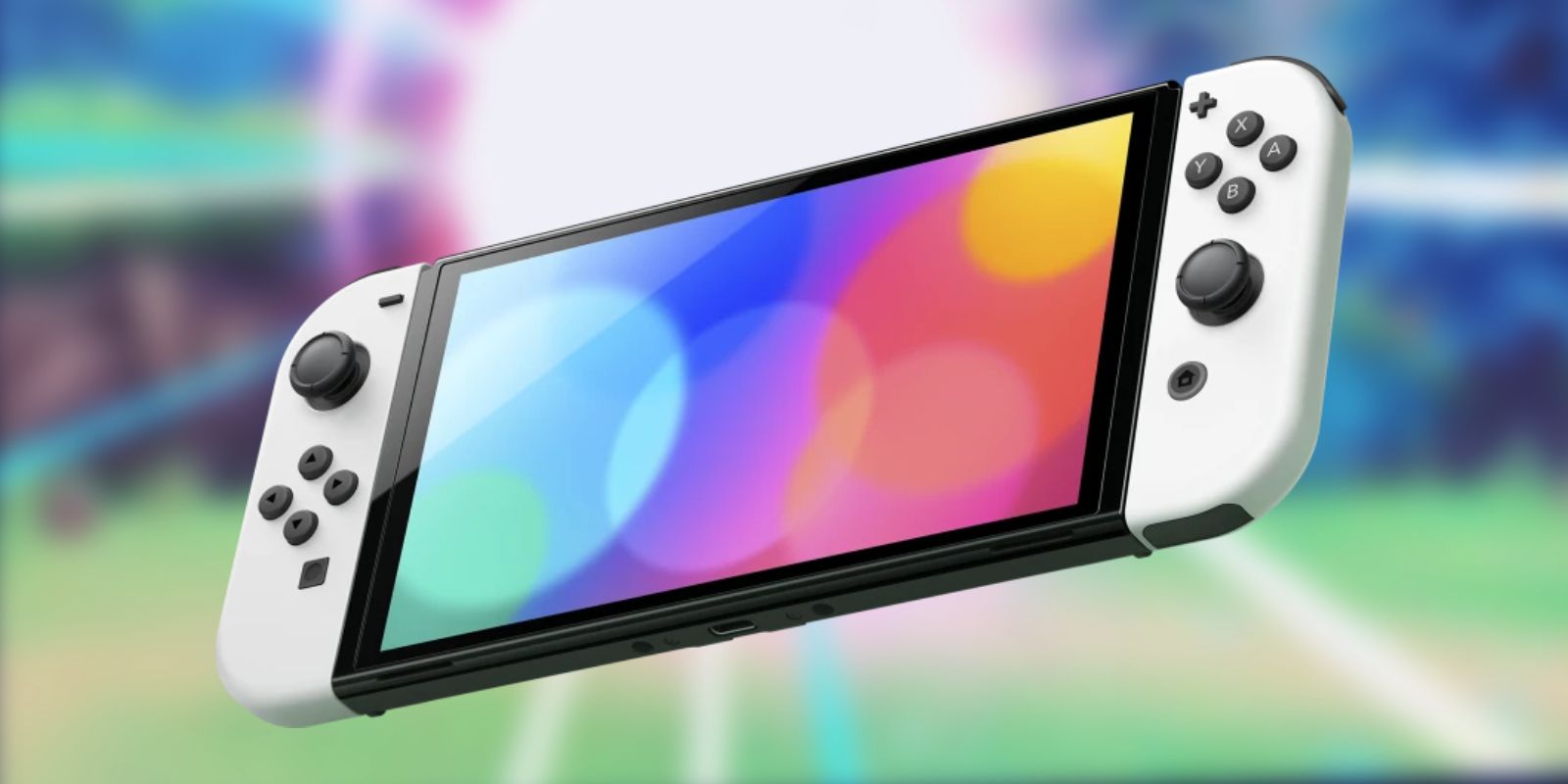Pre-orders for the Nintendo Switch OLED model opened up yesterday ahead of the console's October release window. Along with a few other features, the Switch OLED's primary draw is its seven-inch OLED screen, which brings brighter colors and better image quality to the Nintendo console. Otherwise, it's remarkably similar to the original Nintendo Switch, bearing no real performance improvements. That said, it also comes with a heftier price tag, launching at $349.99 compared to $299.99 for the standard Switch and $199.99 for the Switch Lite. This may lead to questions of what makes the OLED screen so significant compared to the standard Switch's LCD display, and whether it really warrants the higher cost.
Nintendo's announcement of the upcoming Switch OLED model came after months of speculation regarding the potential release of the Switch Pro, which was rumored to have 4K display and other massive performance improvements. Because of that, the Switch OLED announcement was disappointing to a large amount of Nintendo's fanbase. Many viewed the OLED model as too minor of an upgrade to warrant purchasing the Switch a second time, especially given the reportedly low production cost for Nintendo compared to the much higher purchasing price point for buyers.
Ultimately, though, the OLED screen is the main purpose of the new Switch model and the driving point that Nintendo seems to hope will compel buyers. Even the company's employees have expressed not to order the Switch OLED if buyers don't care about the new screen. Switch Pro rumors were largely just speculation, and Nintendo made no real promises of 4K displays or any of the other rumored improvements. It's instead worthwhile to examine what the Switch OLED model does include, and how the new OLED screen compares to the LCD screen featured on original Switch devices.
How Nintendo Switch OLED & LCD Screens Compare
The first noteworthy difference is the screen size. Standard Nintendo Switch models come with a 6.2 inch screen while the Switch Lite's is only 5.5 inches, a full 1.5 inches smaller than the Switch OLED's 7 inch display. That said, both models output at a max of 720p when the Switch is in handheld mode despite the OLED's increased screen size. This could mean that pixels are more noticeable on the Switch OLED compared to other models. However, it seems unlikely that this will prove to be a significant problem during regular gameplay given how much perpetual movement is featured in most video games. On top of being bigger, though, the OLED model's display is also significantly improved from that of the Switch's standard LCD screen.
OLED screens have increased contrast, which makes colors appear more brighter and more vibrant than LCD displays. Essentially, OLED offers illumination on a per-pixel basis. This helps result in deeper blacks in dark areas of a game and more vivid colors in lighter areas. OLED displays can also prove to be more beneficial in terms of battery life, as no power is wasted lighting up areas of the screen that should instead be dark. The Switch OLED also comes with improved audio as well as a new kickstand, which when combined with its improved screen seems to indicate that the newest model's focus is to improve the Switch's handheld experience in particular. This should prove to help buyers determine whether or not they'd find the Nintendo Switch OLED model worthwhile.


